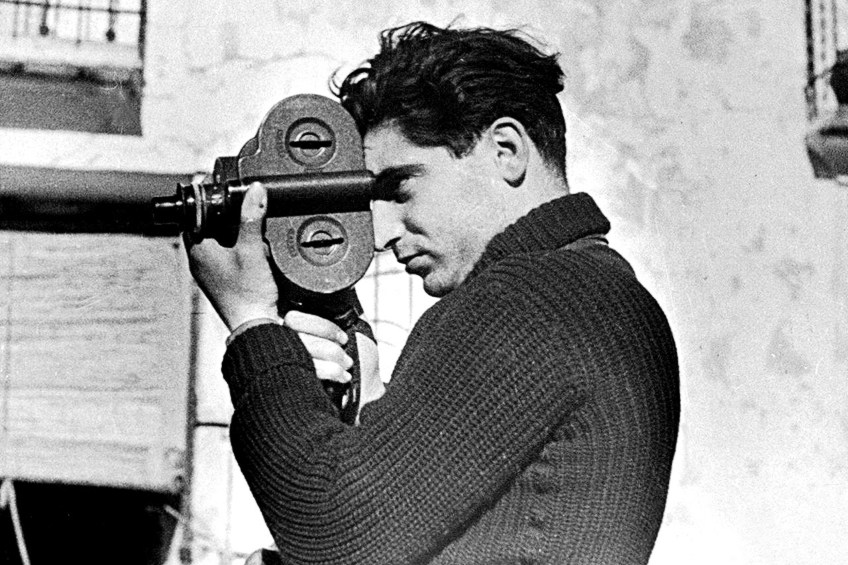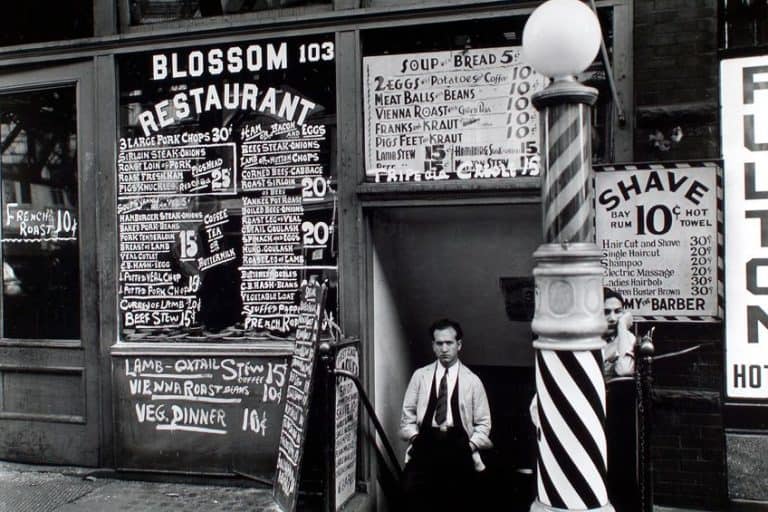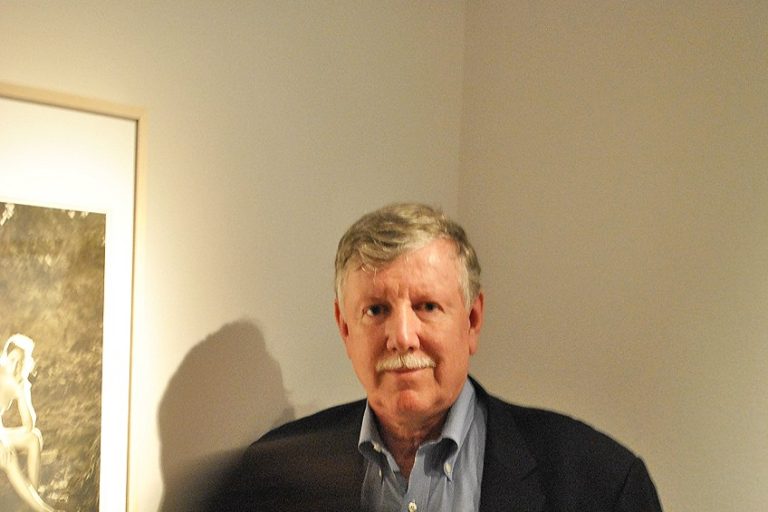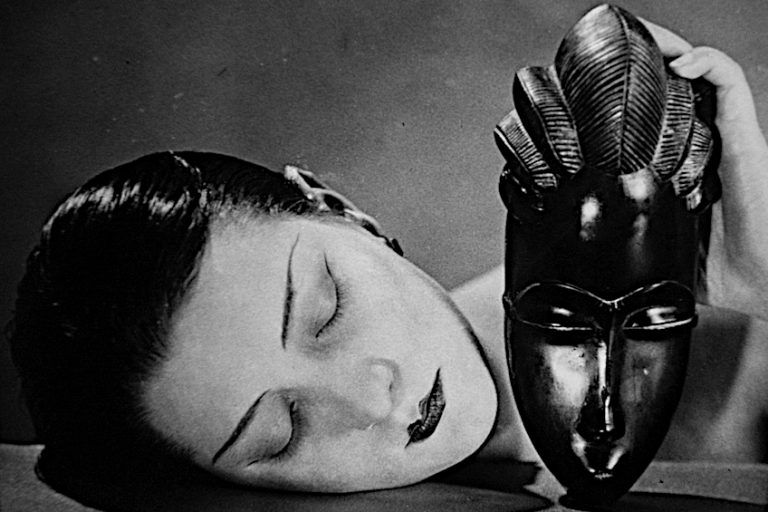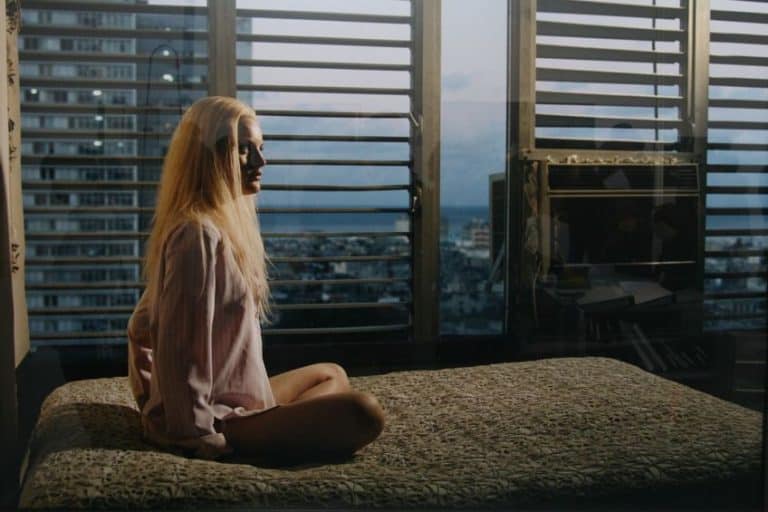Famous Photographers – The Most Famous Photographers of All Time
Many of us agree on the usual list of all-time most famous photographers, but if you start questioning a group of contemporary photographers about what constitutes an outstanding photo, you’ll receive a wide range of responses. From classic photographers to the popular photographers of the modern age, each has brought their unique interpretation to the craft and helped create the most famous photography works of all time. Today, we will discover the famous portrait photographers and landscape photographers that have set the standard for generations to come.
Our List of the Most Famous Photographers
Who are the most well-known photographers in the world? “A genuine creator is not one who is motivated, but one who stimulates others,” Salvador Dalí famously observed. However, when it comes to photography, finding inspiration may be difficult. In this list, we will be exploring the creators of the most famous photography artworks of our time. When words fail, the most famous photographers can provoke thoughts, sensations, and emotions via their work.
From classic photographers of yesteryear to the modern contemporary photographers of our era, here is our list of the most popular photographers.
Edward Henry Weston (1886 – 1958)
| Nationality | American |
| Date of Birth | 24 March 1886 |
| Date of Death | 1 January 1958 |
| Place of Birth | Highland Park |
Edward Henry Weston was an American photographer of the 20th century. He has been referred regarded as one of America’s most inventive and influential photographers, as well as one of the pioneers of 20th-century photography. Weston photographed a wide range of subjects throughout the course of his 40-year profession, encompassing landscapes, nudes, still lifes, portraits, genre settings, and even funny parodies.
Because of his concentration on the people and locations of the American West, he is claimed to have established a distinctly American, and particularly Californian, perspective on contemporary photography.

The trees and boulders in Point Lobos, California, where he resided for many years, were the subject of some of his most renowned images. Weston grew up in Chicago before moving to California at the age of 21. He knew he aspired to be a photographer since he was a child, and his early work was characteristic of the trendy soft-focus pictorialism of the period.
However, after a few years, he abandoned that approach and became one of the most prominent proponents of extremely detailed photographic photographs.
He was stricken with Parkinson’s illness in 1947 and shortly ceased photography. He spent the last 10 years of his life supervising the publication of over 1,000 of his most famous photography works. His son, Brett, reproduced his images for his 50th Anniversary Portfolio, which was released in 1952.
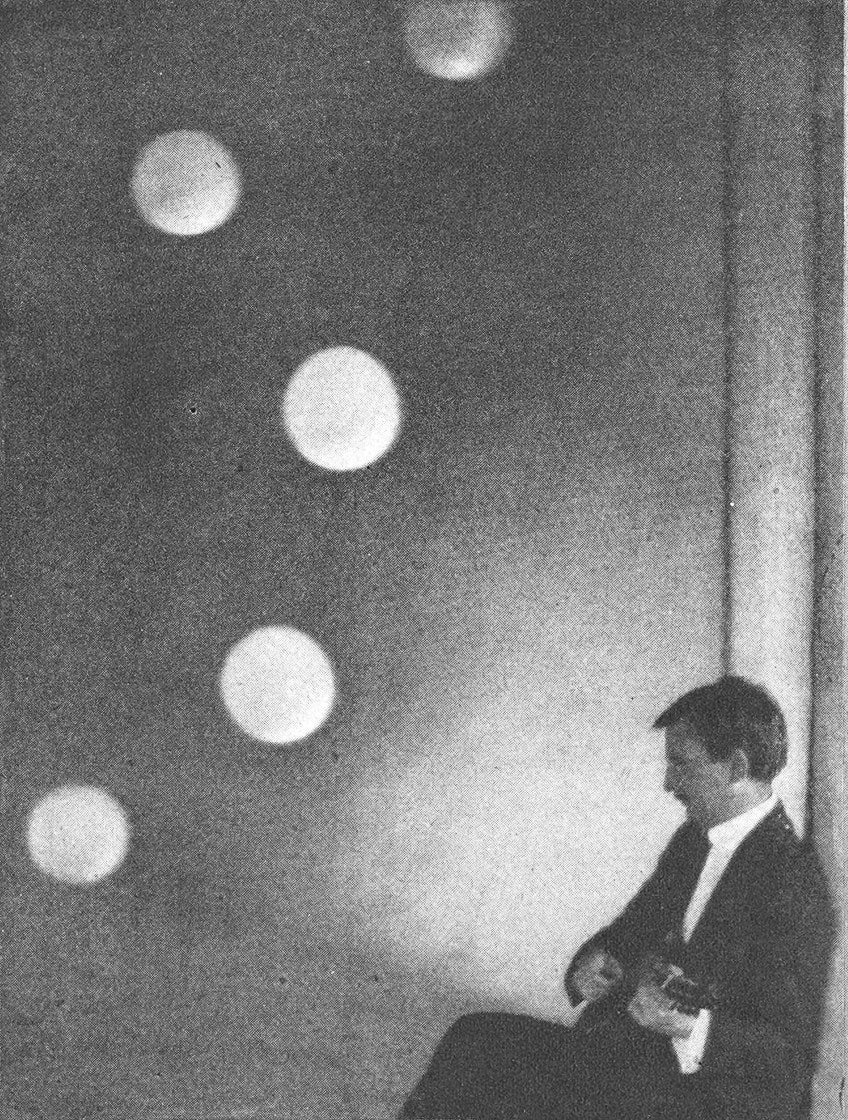
Between 1952 and 1955, a much larger printing job was undertaken. Brett was the one who printed the Project Prints. Weston’s lifetime best is a set of 8-10 prints made from 832 negatives. In 1956, the Smithsonian Institution organized a display called “The World of Edward Weston” to honor his exceptional achievements in American photography. Weston passed away on the 1st of January, 1958, at his Carmel, Californian residence, Wildcat Hill. At Pebbly Beach near Point Lobos, Weston’s ashes were strewn into the Ocean.
Man Ray (1890 – 1976)
| Nationality | American |
| Date of Birth | 27 August 1890 |
| Date of Death | 18 November 1976 |
| Place of Birth | Philadelphia, Pennsylvania |
Emmanuel Radnitsky was born in Philadelphia, grew up in New Jersey, and worked as a professional artist in the 1910s in New York. In 1912, he started signing his name Man Ray, despite his family’s surname not being changed to Ray until the 1920s. He first learned photography so that he could recreate his own pieces of art, which comprised paintings and mixed media.
To sustain himself, he relocated to Paris in 1921 and opened a photographic business. He began making photograms, which he dubbed “Rayographs” there.

He also started creating moving films in the 1920s. Man Ray’s four finished films were all very creative, non-narrative investigations of the medium’s capabilities. Soon before the start of World War II, he returned to America, and from 1940 until 1951 he resided in Los Angeles.
He was frustrated that in America, he was only known for his photography and not for his work in films, paintings, sculptures, and other mediums.
Man Ray then arrived in Paris in 1951. Until his death in 1976, he focused mostly on painting. Man Ray’s creative roots were in the Dada movement a few years prior. Dada artists were molded by the traumas of World War I and the rise of a modern media community by breakthroughs in telecommunications like radio and cinema—and shared a fundamental discontentment with conventional forms of art-making, turning instead to risk and spontaneity experiments.
He based his massive work The Rope Dancer Accompanies Herself with Her Shadows on a complex pattern of colored paper fragments thrown on the ground. The artwork exudes a multitude of objectives that the artist would carry over into his photographic career: negative space and dark spots; the partial capitulation of stylistic choices to mishap; and the abolishment of remnants of the artist’s hand in its accurate, hard-edged implementation of atonal color.
Jacques Henri Lartigue (1894 – 1986)
| Nationality | French |
| Date of Birth | 13 June 1894 |
| Date of Death | 12 September 1986 |
| Place of Birth | Courbevoie, France |
In 1963, Jacques Henri Lartigue was 69 years old when he first showed a collection of his numerous images collected over his life at the MoMA in New York. In the same year, his work is featured in a picture spread in the renowned Life Magazine edition commemorating John Fitzgerald Kennedy’s death, which is well recognized.
Lartigue becomes one of the most popular photographers of the 20th century, much to his astonishment.
As early as 1900, Jacques learned about famous photography from his father. When Jacques was eight years old, Henri Lartigue acknowledged his passion by purchasing his first camera for him. Thus started the inexhaustible coverage of his boyhood, which included car trips, family vacations, and, most notably, his elder brother Maurice’s inventions.
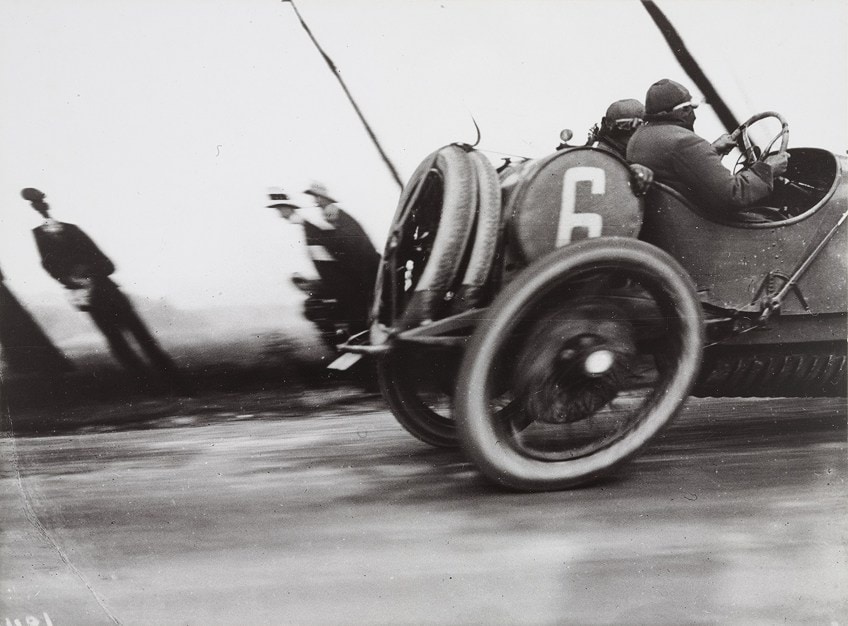
Both brothers were interested in automobiles, flying, and other popular activities of the time. Each moment was captured by Jacques’ camera. He continued to frequent sporting events as an adult and participate in elite activities including skating, skiing, tennis, and golf.
Photography, however, was not nearly adequate to record his childhood recollections, as he was always conscious of the passage of time. All that was left to say and remember could not be condensed into a single image.
As a result, he began maintaining a journal, which he would do for the rest of his life. He also began drawing and painting, as though to engage in a more well-known hobby. Painting started and became his major professional activity after he temporarily attended the Julian Academy in 1915. He began exhibiting his art in Paris and the south of France in 1922.
Dorothea Lange (1895 – 1965)
| Nationality | American |
| Date of Birth | 26 May 1895 |
| Date of Death | 11 October 1965 |
| Place of Birth | Hoboken, New Jersey |
Even if we weren’t present, many of us have a mental impression of what the Great Depression felt like. One explanation is because of the images of Dorothea Lange. Lange’s favorite quote: “A camera is a device for understanding how to look without a camera.” She truly grasped that the power to see is not derived from the eye, but rather from the brain.
Lange, a portrait photographer by profession, realized that images of people would have far more psychological resonance than images of the ruined countryside or a dust storm.

Lange’s most famous shot is known as Migrant Mother (1936), yet it was not the label Lange gave it. According to her, that is the most vivid picture of the Depression that many people have. Florence Thompson is shown cuddling her children as she gazes off into the horizon. Thompson appears haggard, despite the fact that she was only in her 30s at the time the photograph was shot. Within the tension etched all over her face, one can observe that she is a really attractive woman.
And that was a big part of Lange’s genius: she could take images of really destitute people, people who had been through a lot, and still turn them into incredibly gorgeous people.

Lange had a rough existence. She was diagnosed with polio at the age of seven, having left her with a withering lower leg and a deformed foot. Because of her condition, Lange was unable to walk easily. One of the factors that explain why she was one of the most famous portrait photographers was her exceptional ability to connect with all kinds of people and pull them out.
Eliot Porter (1901 – 1990)
| Nationality | American |
| Date of Birth | 6 December 1901 |
| Date of Death | 2 November 1990 |
| Place of Birth | Winnetka, Illinois |
Eliot Porter was a wildlife photographer who specialized in color photos. He shot a lot of pictures of his family’s property on Great Spruce Head Island when he was a youngster. While at Harvard Porter pursued chemical engineering and medicine and worked as a biological scientist, but photography was his true passion.
Porter’s photographic career began when a family friend introduced him to the works of Alfred Stieglitz and Ansel Adams.
In 1938, Stieglitz exhibited Porter’s images in his New York exhibition. Porter dropped out of school to pursue photography full-time as a result of the exhibition’s success. In 1940, Porter began experimenting with Eastman Kodak’s dye transfer method for color pictures. This influenced the way he took images.
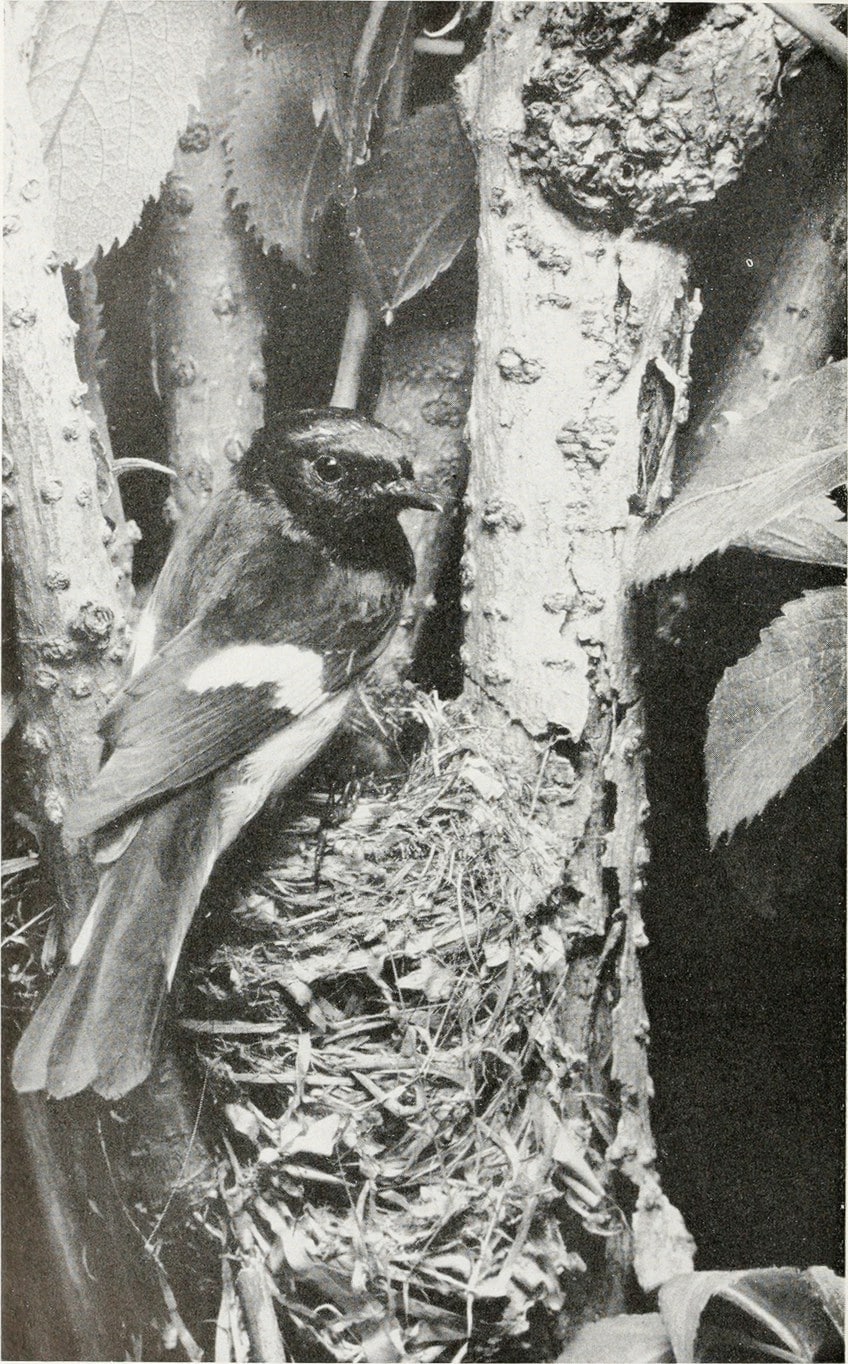
The Sierra Club released a book, which was about the woodlands and animals of New England. He paired the photos with quotations by Henry Davis Thoreau. The book sold very well with many editions. From 1965 until 1971, he then went on to serve as a director of the Sierra Club. Porter was then appointed as a Fellow of the Academy of Arts and Sciences in 1971.
Porter went to and shot cultural and ecologically significant areas during his career.
Porter re-examined his own work after reading one of James Gleick’s books. Porter and Gleick worked on a book called Nature’s Chaos in 1990. Porter’s images were mixed with a text written by Gleick for the piece. The photographer’s personal archives were bequeathed to Fort Worth’s Amon Carter Museum when he passed away in Santa Fe in 1990.
Ansel Adams (1902 – 1984)
| Nationality | American |
| Date of Birth | 20 February 1902 |
| Date of Death | 22 April 1984 |
| Place of Birth | San Francisco, California |
Ansel Adams was a landscape photographer most well-known for his black-and-white pictures which featured scenes of the American West. He was a founding partner of Group f/64, an alliance of photographers who championed “pure” photographic art, which emphasized sharp focus and the use of the whole tonal variation of a shot.
He and Fred Archer created the Zone Methodology, a precise image-making system that achieves the intended final print via a profoundly technical grasp of how tonal range is captured and evolved throughout the exposure, negative processing, and printing.
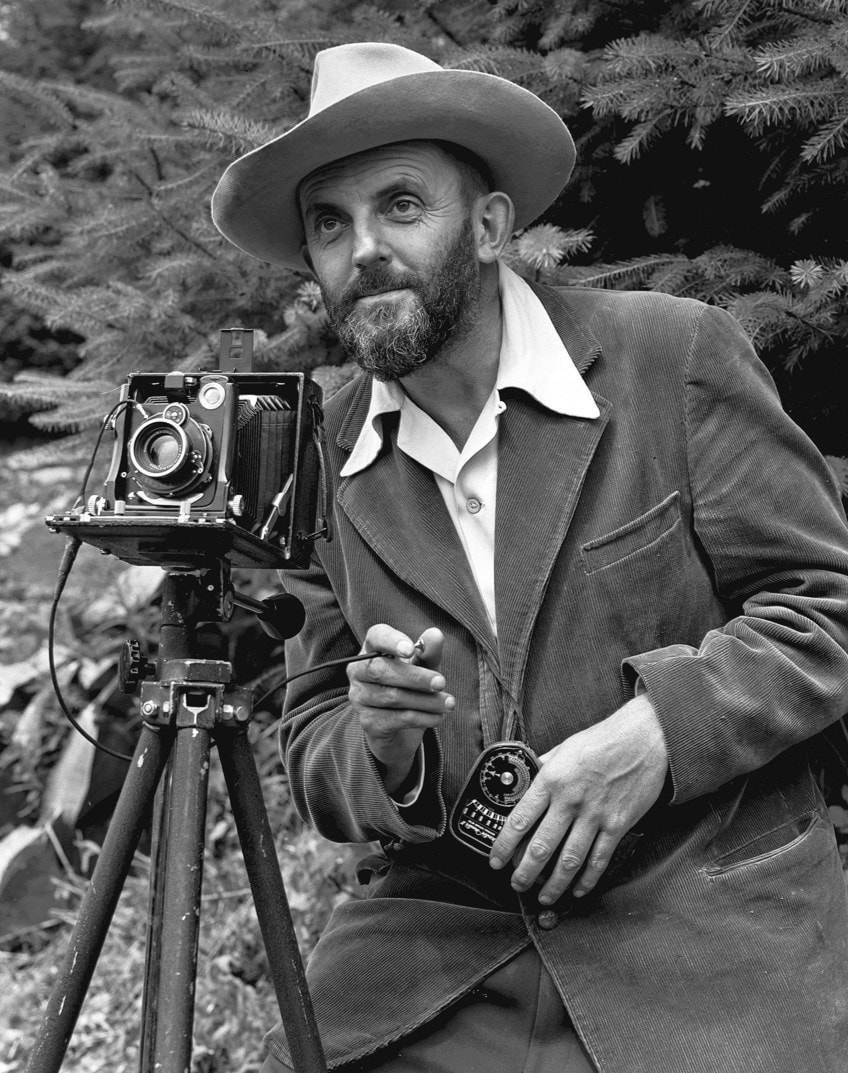
His work was recognized by the clarity and richness of the images he produced. Adams was a lifelong supporter of environmental protection, and his photography work was inextricably linked to this cause. It would be during his first visit to Yosemite National Park at the age of 12, that he was handed his first camera. As a member of the Sierra Club, he honed his early photographing skills.
Subsequently, he would be hired by the United States Department of the Interior to photograph national parks.

In 1980, he was given the Presidential Medal of Freedom for his efforts and continuous campaigning, which aided in the expansion of the National Park system. Adams voiced worry in his autobiography about Americans’ loss of connection to nature as a result of industrialization and the misuse of the land’s mineral wealth.
According to him: “We are all familiar with the tragedy of dustbowls, the cruel and inexcusable degradation of land, the depletion of fish and wildlife, and the diminishing of majestic forests. And we all know that such disasters sap people’s spirits. The wildness has been driven back, and man can be found everywhere. Solitude, which is so important to the individual, is nearly non-existent.”
Walker Evans (1903 – 1975)
| Nationality | American |
| Date of Birth | 3 November 1903 |
| Date of Death | 10 April 1975 |
| Place of Birth | St. Louis, Missouri |
Walker Evans was a photographer from the United States best known for photographing the impacts of the Great Depression for the Farm Security Administration. Evans used the large-format camera extensively throughout the FSA time. As a photographer, he stated that his objective was to create images that were “literate, authoritative, and sublime.”
Many of his paintings are in museum permanent collections, and he has had retrospective exhibitions at places like the Metropolitan Museum of Art and George Eastman House.
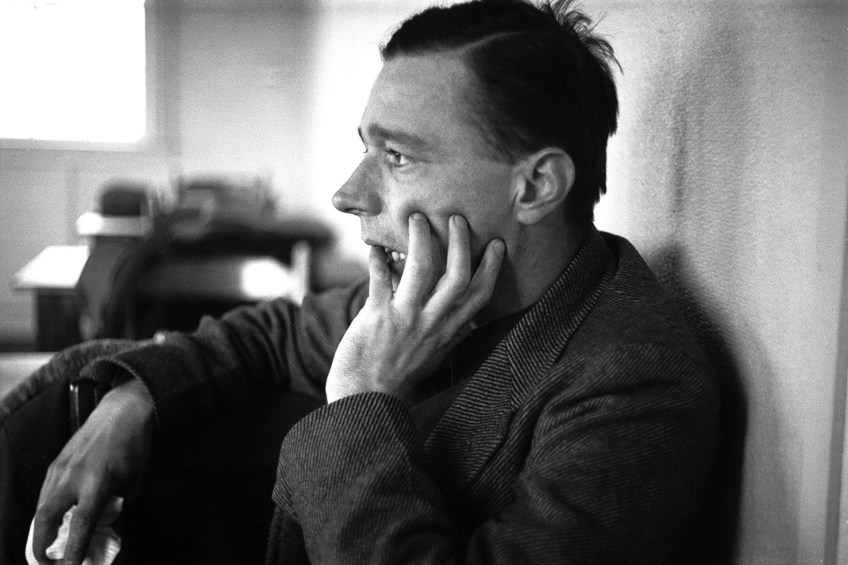
In 1935, Evans worked for the Resettlement Administration in Pennsylvania and West Virginia for a couple of months on a photography campaign. From October onwards, he would continue to shoot for the RA and, subsequently, the FSA, particularly in the South.
Throughout the summer of 1936, while still operating for the FSA, he and journalist James Agee were dispatched on duty to Hale County for a story that the magazine later decided not to carry.
Let Us Now Praise Famous Men, a breakthrough book published in 1941, included Evans’ images and Agee’s writing describing the pair’s time with three white tenant households in southern Alabama during the Great Depression. Its thorough description of three agricultural families creates a powerful depiction of rural poverty.
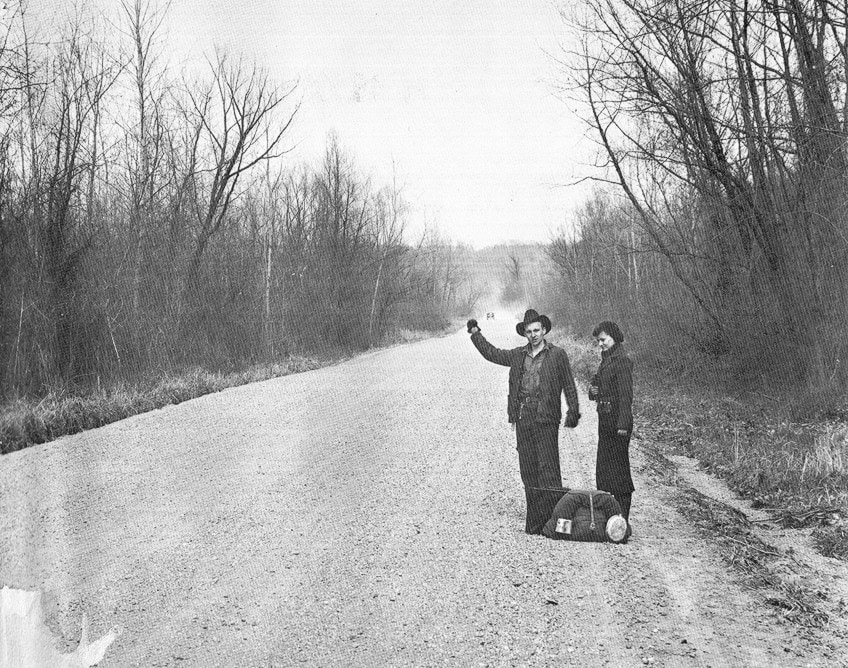
Janet Malcolm recognized a connection to the Beals’ book in her 1980 book Diana & Nikon: Essays on the Aesthetic of Photography, pointing out the contrast between a form of tortured disharmony in Agee’s prose and the serene, regal majesty of Evans’ photographs of sharecroppers.
The families became emblems of Depression-era sorrow and poverty because of Evans’ images.
Henri Cartier-Bresson (1908 – 2004)
| Nationality | French |
| Date of Birth | 22 August 1908 |
| Date of Death | 3 August 2004 |
| Place of Birth | Chanteloup-en-Brie, France |
Henri Cartier-Bresson, born in Chanteloup, Seine-et-Marne, acquired an early interest in painting, notably Surrealism. After a year in the Ivory Coast in 1932, he found the Leica – his camera of choice from then on – and launched a life-long interest in photography. His debut show was in 1933 at New York’s Julien Levy Gallery. He then subsequently collaborated on films with Jean Renoir. He was taken prisoner of war in 1940 and escaped on his third try in 1943, joining an underground group that assisted prisoners and escapees.
In these words, he described his approach to photography “For me, the camera is a sketchbook, a tool for instinct and spontaneity, a maestro of the moment that, in a visual sense, questions and chooses at the same time. It is by the economy of methods that one achieves simplicity of articulation.”
He began to reduce his photographic activity in 1968, preferring to focus on sketching and painting. He founded the Fondation Henri Cartier-Bresson in 2003 in Paris with his daughter and wife to preserve his oeuvre. Cartier-Bresson was the recipient of a staggering amount of accolades, honors, and honorary doctorates. On 3 August 2004, he died at his house in Provence, only a few weeks shy of his 96th birthday.
Henri Cartier-Bresson nearly exclusively employed Leica 35 mm rangefinder cameras with standard 50 mm lenses or, for landscapes, a wide-angle lens. He frequently placed black tape across the camera’s chrome body to conceal it.
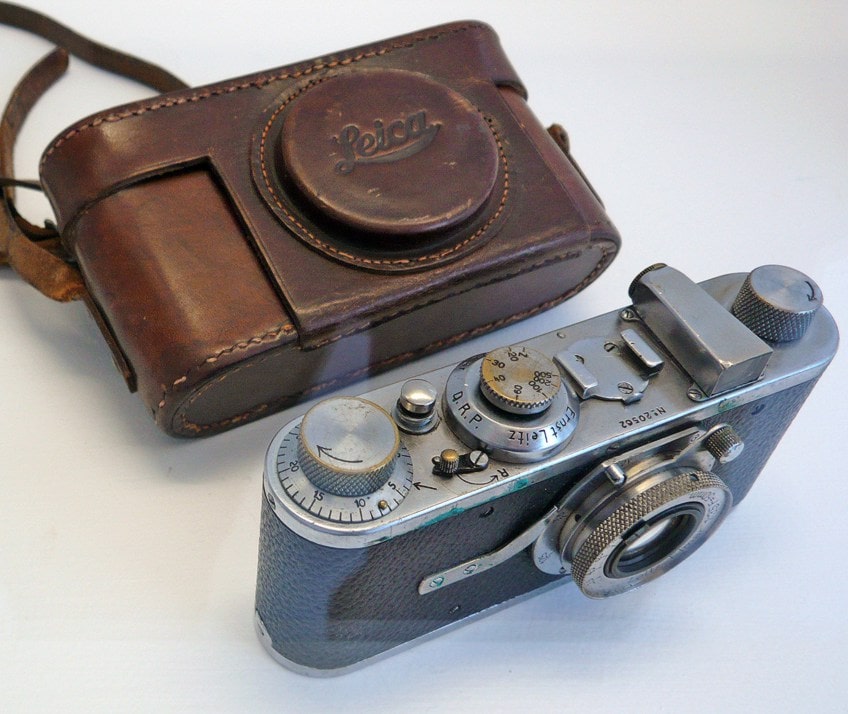
With quick black and white films and precise optics, he was able to picture the proceedings virtually invisibly. Miniature-format cameras allowed Cartier-Bresson what he dubbed “the velvet hand and the hawk’s eye,” liberating him from the constraints of a large 45 press camera or an ungainly medium format twin-lens reflex camera.
He never used flash photography because he thought it was “impolite – like arriving at a symphony with a revolver in your hand.” He was a firm believer in arranging his images in the viewfinder rather than in the darkroom.
Robert Doisneau (1912 – 1994)
| Nationality | French |
| Date of Birth | 14 April 1912 |
| Date of Death | 1 April 1994 |
| Place of Birth | Gentilly, France |
Robert Doisneau was born in April 1912 in the Parisian suburb of Gentilly to an upper-middle-class family. He had a voracious interest in the arts from a young age. Robert Doisneau was reared by an unloving aunt after his parents passed away when he was still a young boy. He enrolled at the Ecole Estienne, a vocational school, when he was 14 years old, and graduated in 1929 with certificates in engraving and printing.
A year later, he started working as a promotional photographer. In 1931, he began working as an assistant for André Vigneau, a modernist photographer.
Doisneau would be introduced to new objectivity in photography by André Vigneau. His first photography article was sold to Excelsior magazine in 1932. He was engaged as an industrial photographer at the Renault factory in Boulogne Billancourt in 1934.
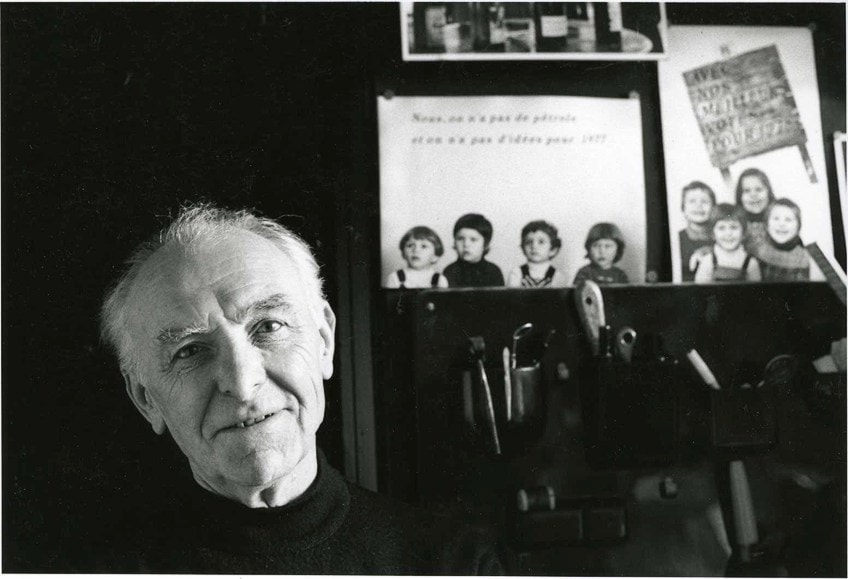
However, he was sacked in 1939 because he was often late. He became a freelance photographer after losing his employment and attempting to make a career in advertising and engraving. Charles Rado, the creator of the Rapho Agency, engaged Robert Doisneau just before WWII.
The outbreak of war cut short his first photographic report on kayaking in the Dordogne. In 1940, he was dismissed from service as a photographer and soldier in the French army. He utilized his expertise to manufacture passports and identify papers for the French Resistance until the conclusion of the war. Robert Doisneau returned to the Rapho agency after the war as a freelance photographer. Shared influence with Jacques-Henri Lartigue is most likely to have commenced during this period.
He began to create a number of photographic tales on a variety of subjects: News from Paris, popular Parisian topics, as well as foreign nations.
Robert Capa (1913 – 1954)
| Nationality | American |
| Date of Birth | 22 October 1913 |
| Date of Death | 25 May 1954 |
| Place of Birth | Budapest, Hungary |
When he was a youngster, Robert Capa escaped political oppression in Hungary and moved to Berlin, where he entered college. He observed Hitler’s ascent, which prompted him to relocate to Paris, where he encountered and started working with Gerta Pohorylle. They collaborated as photojournalists under the moniker Robert Capa. Despite contributing to most of the early work, she quickly formed her own personality as “Gerda Taro,” and they began releasing their work independently.

He later photographed five wars, including the Spanish Civil War, the Second Sino-Japanese War, World War II in Europe, the 1948 Arab–Israeli War, and the First Indochina War, and his images appeared in notable journals and newspapers. Several times during his career, he put his life in danger, most notably as the sole amateur photographer arriving on Omaha Beach on D-Day.
He chronicled the events of WWII in North Africa, London, Italy, and the liberation of Paris.
Irwin Shaw, Ernest Hemingway, John Steinbeck, and filmmaker John Huston were among his friends and coworkers. General Dwight D. Eisenhower of the United States awarded Capa the Medal of Freedom in 1947 for his efforts in photographing World War II. He then went on to co-found Magnum Photos in Paris the same year.
The company was the first cooperative agency for freelance photographers all over the world. In his honor, Hungary has released a stamp and a gold coin.
Diane Arbus (1923 – 1971)
| Nationality | American |
| Date of Birth | 14 March 1923 |
| Date of Death | 26 July 1971 |
| Place of Birth | Manhattan, New York |
Diane Arbus is a photographer most known for her hand-held black and white photos of disadvantaged groups such as dwarves, circus oddities, giants, and gender nonbinary persons, as well as more accepted subjects such as suburban households, superstars, and nudists. Arbus’ work may be described as strange, surreal, and psychologically deep all at the same time; in any case, she advanced documentary photography.
One may feel as if they are breaking a social contract with the subject, as her photography frequently produces a sensation of “othering” by the intense stare she delivers.
Humans (even the banalest and indifferent) become visual spectacles thanks to Arbus. Arbus became worldwide recognized for her confrontational photography and is still regarded as one of the most distinctive Post-Modern American photographers.
Arbus used documentary or photojournalistic photographic techniques to depict real-life persons in their natural settings. Nevertheless, she made the resulting pieces completely her own by incorporating her own trip into the pictures she took. There is a multiplicity of the topic since you can’t think of the picture without thinking of the collection of characteristics that made the picture possible; that is, it’s impossible to conceive the shot taking place without the presence of Arbus. Arbus discovered fascination and beauty in odd situations, creating amazing photographs of people who were not always judged “fit” to be photographed.
“I genuinely feel there are things nobody would notice if I didn’t picture them,” she said of her search for distinctive personalities on the outskirts of society. This was a significant departure from art, which is typically regarded to be reserved primarily for the aesthetically attractive, rather than depicting the “actual” or “genuine” reality.
Robert Frank (1924 – 2019)
| Nationality | American |
| Date of Birth | 9 November 1924 |
| Date of Death | 9 September 2019 |
| Place of Birth | Breton, Nova Scotia, Canada |
In 1941, Robert Frank commenced studying photography and worked for graphic design companies in Geneva, Zurich, and Basel for the following six years. In 1947, he flew to the United States, where he was engaged by Alexey Brodovitch to photograph fashion for Harper’s Bazaar.
Although a few publications welcomed Frank’s unorthodox usage of the 35-millimeter Leica for fashion photography, he despised the constraints of fashion photography and departed a few months later.
Between 1950 and 1955, he went on to work free-lance for publications such as Charm, LIFE, Vogue, and others. Influential New York art community figures, such as Willem de Kooning, Edward Steichen, Franz Kline, and Walker Evans, who became a major American advocate of Frank’s photography, also backed his independently generated street photos.
Evans advised him to apply for the Guggenheim Fellowship, which allowed him to travel throughout the country in 1955 and 1956 to photograph for his most famous book, The Americans, which was first published in 1957. Following its release in America in 1959, he dedicated a significant amount of energy to filmmaking.
Frank split his time between New York and Nova Scotia in 1970, and he continued to make still images as well as videos. The Americans was one of the most groundbreaking books in the history of photography, and its publication in the United States sparked controversy. Most Americans who viewed it at the time were taken aback by Frank’s scathing viewpoint on American culture and his careless attitude toward traditional photographic techniques.
Yet, his photographic features became pillars for a rising generation of American photographers over the next decade.
Guy Bourdin (1928 – 1991)
| Nationality | French |
| Date of Birth | 2 December 1928 |
| Date of Death | 29 March 1991 |
| Place of Birth | Paris, France |
Guy Bourdin was one of the first photographers to imagine fashion images with engaging stories, dramatic effects with excessive color saturation, hyper-realism, and clipped compositions, all while creating the idea that the item is secondary to the image. Bourdin’s images are frequently highly sensuous, yet they also depend largely on provocation and shock value.
Bourdin created a whole new aesthetic lexicon with which to link haute-couture items.
The stories were unusual and intriguing, and they were influenced by literature, cinema, and art history. Bourdin benefited from the influence of a diverse group of contemporaries, as evidenced by the intelligent reading of his compositional and thematic demonstration: first and foremost, his role model Man Ray, but also Edward Weston, Spanish surrealist filmmaker Luis Bunuel, and surrealist artists Balthus and Magritte.
He is recognized as one of the most well-known commercial and fashion photographers of the 20th century’s second half. “While normal fashion shots make beauty and apparel their major features, Bourdin’s photographs provide a radical alternative.” Bourdin’s first show of paintings and sketches was held at Paris’s Galerie, Rue de la Bourgogne. In 1953, he had his first photographic exhibition.
In his early career, he exhibited under the alias “Edwin Hallan.”
Bourdin, a colleague of Helmut Newton, who also worked frequently for Vogue, contributed to the evolution of contemporary photography. Newton said: “In many ways, between him and myself, the magazine became almost seductive, and we complimented one other. It would most likely not have even worked if he had been alone or if I had been alone.” He worked with the publication until the late 1980s.
Annie Leibovitz (1949 – Present)
| Nationality | American |
| Date of Birth | 2 October 1949 |
| Date of Death | N/A |
| Place of Birth | Waterbury, Connecticut |
Annie Leibovitz is a well-known photographer. She started her career as a photographer for Rolling Stone magazine, where she worked for ten years before going on to other projects. She photographs for a variety of magazines, although the majority of her work is for Vanity Fair. If you picked up a recent copy of the magazine, she very likely photographed some of the photographs in it.
Leibovitz has photographed practically every celebrity conceivable, and her lighting approach truly distinguishes her from other well-known photographers.

She employs a special lighting arrangement that produces a subdued, almost impressionistic look. If you have studied her work for even a short time, you will recognize her images. Consistency in one’s photographic style is an important skill to have since it allows people to instantly recognize your work and increases your chances of getting employed.
If you want to be like Annie Leibovitz, you must understand studio lighting. Although studio lighting might be intimidating at first, the end result is a wonderfully constructed image.
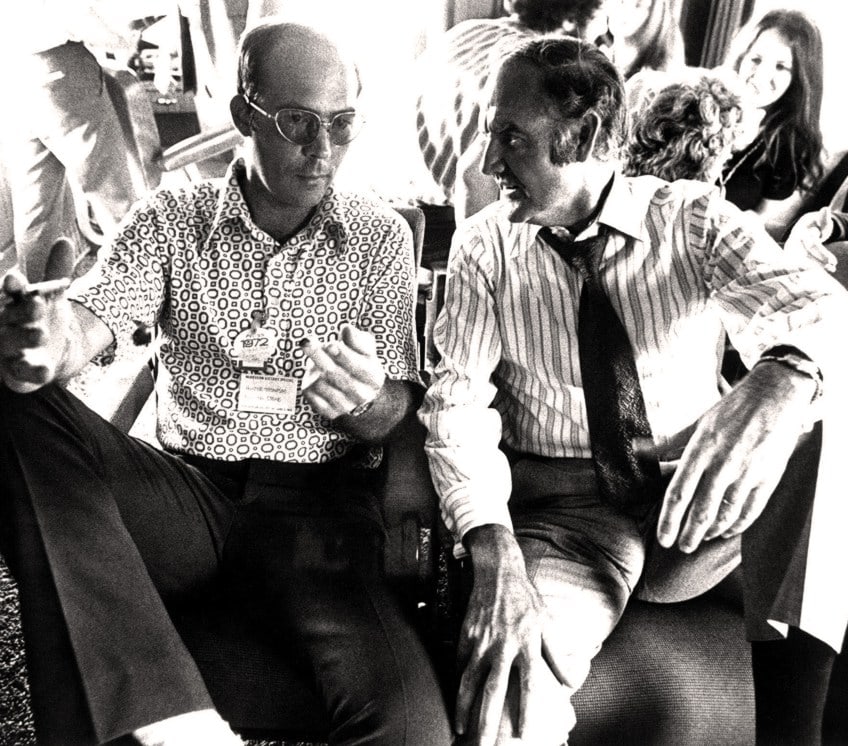
The family moved frequently due to her father’s military postings, and she took her first images while he was deployed in the Philippines in the Vietnam War. Leibovitz’s passion for art was ignited by her mother’s participation in dance, music, and art. With the intention of becoming an art educator, Leibovitz pursued art at the San Francisco Art Institute. In high school, she attended her first photography class and changed her focus to photography. Robert Frank and Henri Cartier-work Bresson’s served as inspiration for her.
She honed her photographic skills while working in a variety of occupations over many years, including a six-month sojourn in 1969, on a kibbutz near Amir, Israel.
Cindy Sherman (1954 – Present)
| Nationality | American |
| Date of Birth | 19 January 1954 |
| Date of Death | N/A |
| Place of Birth | Glan Ridge, New Jersey |
Cindy Sherman is a modern master of socially conscious photography. She is a significant member of the “Pictures Generation,” a loose group of American artists who achieved creative maturity and critical acclaim in the early 1980s, a time marked by the fast and pervasive development of mass media imagery. Sherman, who began painting in a super-realist manner in art school in the aftermath of American Feminism, moved to photography around the end of the 1970s to examine a wide range of prevalent female social positions or personas.
Sherman aimed to challenge the tempting and often repressive effect of mass media on our individual and social identities.
Turning the camera on herself in an extended role-playing game of fictional Hollywood, style, mass marketing, and “girl-next-door” positions and poses, Sherman eventually drew the interest of the audience to the potent equipment and make-up that lay behind the innumerable images making the rounds in a relentlessly public, “plugged in” society.
Sexual desire and control, as well as the devising of self-identity as collective deceit, are among the disquieting themes underlying Sherman’s wide series of self-portraiture in many guises. Sherman’s art is significant in the late-20th-century era of excessive consumerism and image dissemination.
Sherman uses the camera and varied tools of everyday films, such as cosmetics, outfits, and stage spectacular scenery, to replicate common fantasies, or recognizable “snapshots,” that denote various notions of public media personality, self-confidence, sexual exploration, amusement, and other socially officially recognized, introspective conditions, evoking a long history of self-portraiture and cinematic role-playing in art. These visuals, as if they were simply the first premise, quickly collapse in a variety of ways, implying that self-identity is frequently a fragile compromise between societal mandates and personal purpose.
That wraps up our look at the famous portrait photographers, photojournalists, and other popular photographers of our time. From the original classic photographers to the modern contemporary photographers, we hope this list has given you a greater insight into some of the most popular photographers of our time! Every one of them has been able to encapsulate and express the world around us in fascinating ways.
Take a look at our most famous photographers webstory here!
Frequently Asked Questions
How Do People Become Famous Photographers?
Begin by mastering your technique and capturing beautiful photographs! Look for inspiration in other people’s artistic efforts, such as those on this list. Then it’s only an issue of getting your work noticed. Posting on online media and photography websites, entering picture competitions and prizes, and working with customers are all good places to start.
Why Is Photography Important?
Photography is extremely significant because it has that capability. It is a vital medium on which the world relies, shaping people’s views and knowledge. Remember it the next time you take a photograph and realize how significant what you’re doing is.
What Advice Can You Give New Photographers?
Perhaps you want to become one of the world’s most famous photographers. When one initially starts out as a photographer, you could become stuck in a creative rut. One might find it rather challenging to create ideas for photographic themes. By studying the works of other contemporary photographers, you can learn what constitutes a good photo, no matter what style or equipment you use. Never be afraid to begin even if you do not have the latest top-of-the-range equipment. What you really need to focus on is your passion. Imagination and skill will fill in the pieces.
Jordan Anthony is a film photographer, curator, and arts writer based in Cape Town, South Africa. Anthony schooled in Durban and graduated from the University of the Witwatersrand, Johannesburg, with a Bachelor of Art in Fine Arts. During her studies, she explored additional electives in archaeology and psychology, while focusing on themes such as healing, identity, dreams, and intuitive creation in her Contemporary art practice. She has since worked and collaborated with various professionals in the local art industry, including the KZNSA Gallery in Durban (with Strauss & Co.), Turbine Art Fair (via overheard in the gallery), and the Wits Art Museum.
Anthony’s interests include subjects and themes related to philosophy, memory, and esotericism. Her personal photography archive traces her exploration of film through abstract manipulations of color, portraiture, candid photography, and urban landscapes. Her favorite art movements include Surrealism and Fluxus, as well as art produced by ancient civilizations. Anthony’s earliest encounters with art began in childhood with a book on Salvador Dalí and imagery from old recipe books, medical books, and religious literature. She also enjoys the allure of found objects, brown noise, and constellations.
Learn more about Jordan Anthony and the Art in Context Team.
Cite this Article
Jordan, Anthony, “Famous Photographers – The Most Famous Photographers of All Time.” Art in Context. April 29, 2022. URL: https://artincontext.org/famous-photographers/
Anthony, J. (2022, 29 April). Famous Photographers – The Most Famous Photographers of All Time. Art in Context. https://artincontext.org/famous-photographers/
Anthony, Jordan. “Famous Photographers – The Most Famous Photographers of All Time.” Art in Context, April 29, 2022. https://artincontext.org/famous-photographers/.


